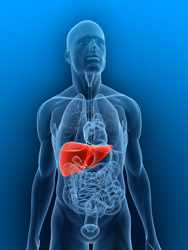Assessing nanoparticle toxicity
Nanoparticles (NPs) are increasingly being used in medicine due to their small size, which allows them to pass through cell membranes. However, their interactions with biological systems and potential health hazards remain unknown. The main objective of the EU-funded 'Intestinal, liver and endothelial nanoparticle toxicity development and evaluation of a novel tool for high-throughput data generation' (Inlivetox) project is to develop an improved in vitro model for NP uptake and cellular interaction. Inclusion of NPs in food and oral medicines has prompted project partners to focus on the impact of NP exposure via ingestion. The project started off by developing a bioreactor capable of maintaining tissue models of liver, intestinal epithelium and vascular endothelium under flow conditions. This system has allowed simultaneous assessment of NP toxicity on these interconnected tissues, constituting a definitive improvement on single-culture systems. Additionally, researchers were able to investigate how interaction between these tissues affects their response to NPs. Project deliverables to date include the development of functional assays for measuring NP toxicity and assessing which physicochemical characteristics influence NP uptake. Findings on the role of inflammation on NP toxicity have been verified in an in vivo rat model using gold NPs of different sizes. The Inlivetox project has developed a liver and intestine fluidics system mimetic that allows toxicity assessment of NPs. This will serve as an easier and faster alternative to animal testing and will ensure safety assessment of NP technology.







